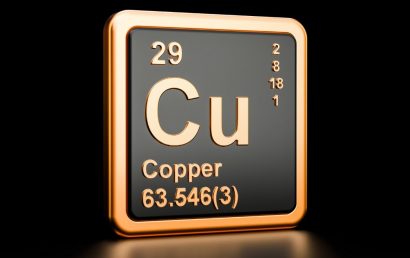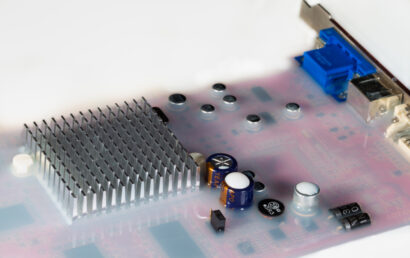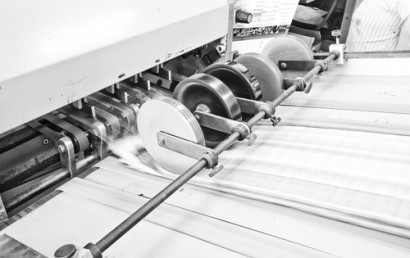Application Spotlight: Non-Conductive Coatings
When it comes to non-conductive coating options in the thermal spray coating industry, ceramic coating stands out as one of the most common types of coating for several reasons. That is because ceramic compounds are versatile and can easily be used to coat a wide range of parts. They can also enhance the quality as well as the performance of the underlying part.
But before getting into the perks that come along with use of ceramics in the thermal spray coating industry, it is important to note that the ceramic material chosen for non-conductive coatings often depends on factors like the thickness required and the coating functionality. As such, it is important to understand the different types of ceramic materials available and what makes one ceramic material better than another. Read on to learn more about each ceramic material available.
- Zirconium Oxide – It is mostly used in molten contacts. It can also be used for thermal barrier coatings. Compared to other ceramic materials, zirconium oxide guarantees superior thermal and mechanical properties.
- Aluminum Oxide – It is a chemical compound of aluminum. It is widely used for wear resistance and non-conductivity. It can also prevent corrosion. It stands out as an ideal ceramic coating material mainly because it can protect just about any metal from further oxidation.
- Titanium Dioxide – Also known as titania, Titanium dioxide is used in the thermal spray coating industry because of its high resistance to wear by hard surfaces and abrasive grains. It also boasts of a high refractive index, a property which makes it one of the best reflective optical coatings for dielectric mirrors.
- Chromium Oxide – Chromium oxide coatings feature high mechanical strength and are durable. That is because chromium oxide is chemically inert. The compound also boasts of higher micro hardness compared to other ceramic compounds used for coating.
- Alumina Titania – Alumina titania ceramic coatings are formed from nano-structured and conventional powders by detonation technique. The compound is mostly used for corrosion resistance in most seawater applications. Its non-conductive properties also make it one of the best coating options in the thermal spray coating industry.
Why Use Non-Conductive Coatings?
They come along with several benefits as already explained. That is not everything though. A good example of yet another area where ceramic coatings come in handy is in the automotive industry. They can be used to squeeze out more horsepower from the engine. That is why ceramic coatings are widely used on exhaust components. They simply reduce temperatures. They also feature low heat transfer coefficients. In other words, they do not absorb heat easily. As such, they stand out as excellent thermal barriers.
All the aforementioned benefits explain why car headers and other applications which require minimum heat loss are always coated with ceramics. It all boils down to retaining heat where necessary. That is, any industrial application that evacuates burnt exhaust gases should be coating with ceramics. The coating will then amplify the potency of the gas evacuating cycle and keep the gaseous heat inside the exhaust system. This will prevent heat leaking into a semi-conductive or conductive allow and getting discharged as lost energy.




